Toyota Aygo Hatchback (2005-2014) review
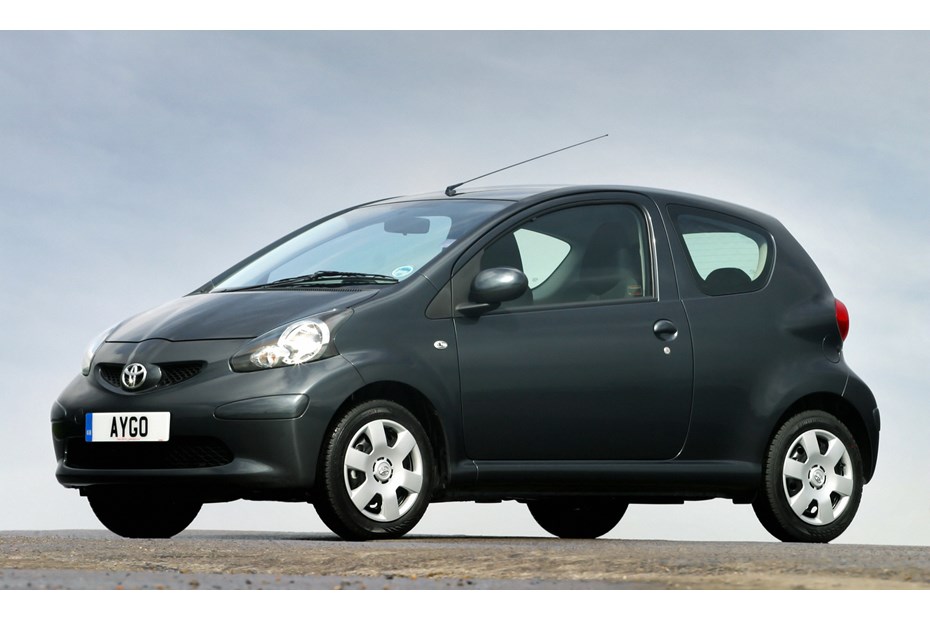
At a glance
| Price new | £6,985 - £11,620 |
|---|---|
| Used prices | £411 - £4,197 |
| Road tax cost | £20 |
| Insurance group | 2 - 4 |
Get an insurance quote with

|
|
| Fuel economy | Not tested to latest standards |
| Range | 470 - 524 miles |
| Number of doors | 3 - 5 |
| View full specs for a specific version | |
Available fuel types
Petrol
Diesel
Pros & cons
- Cheeky styling
- Fun to drive
- Low running costs
- Back to basics cabin
- Tiny boot
- Diesel is remarkably slow
Toyota Aygo (05-14) rivals
Overview
Few vehicles reveal the car-buying personality of a nation more than the locally-produced small cars. The 21st century is all about globalisation however, and Toyota partnered with Peugeot and Citroen to introduce the Aygo in 2005 – now fondly referred to as the ‘city bug’ by many owners, and still a popular used car for new drivers and owners looking for a cheap economical runabout.
Although the Aygo shares a lot with the badge-engineered, Citroen C1 and Peugeot 107, the core of the car is more Japanese than French. Its engine is a 1.0-litre petrol unit designed by Daihatsu, and the important crash structure of bulkhead, windscreen frame, doors and floor has a lot of similarities with the Mk1 Yaris (and some JDM Daihatsus).
Toyota Aygo Mk1 buying guide
European suspension tuning, a wide track, and clever weight reduction means the Aygo Mk1 is fun to drive and surprisingly spacious. It’s also quite easy to work on, which is a benefit for young drivers looking to gain some DIY skills and independence. Cheap insurance enhances the young driver appeal, but the main reason to choose the Aygo over the C1 or 107 is the dealer network that looked after it when new.
There are still plenty of used Toyota Aygos on the market and it’s one of the few used cars for less than £1,000 still worth seeking out. Even so, if you are looking at financing your Aygo you might find better value with an approved-used Toyota less than ten years old, which benefits from a long warranty.
Toyota Aygo known faults and common problems
Petrol engine – 1.0-litre three-cylinder 1KR-FE
Good news for Aygo buyers, the petrol one is ULEZ compliant (ideal for a city car) and it’s a Daihatsu design that is known to be generally very reliable. Designed to be lightweight and efficient, it uses a timing chain and if maintained well, can easily outlast the car. Economy can exceed 60mpg, and though the 0-62mph sprint takes a little under 14 seconds, it’s geared to be nippy around town.
1. VVTi cam sprocket
On the test drive make sure you get the car warmed up and under load, and listen for rattles around 1,500-2,000 rpm. If there’s no rev counter, a cheap OBD-2 diagnostic scanner can provide that data as well as any error codes. Harsh noise and lack of power could be due to failure of the VVTi cam sprocket or the actuator. The actuator is fairly easy to replace, but the sprocket is a timing-chain replacement type job and to do it properly is best done with the engine out of the car.
Not that this is a big problem for an experienced DIY mechanic with the right tools, as the engine weighs less than most washing machines. However, the cam chain and sprocket kit is not cheap.
2. Harmonic balancer and aux belt tensioner
Listen for a squeal at start up indicating a dragging/slipping auxiliary belt, as the alternator (and air conditioning compressor where fitted) can stick and affect starting. The belt tensioner can fail, which may sound like a low flapping sound when the A/C is on or fluttering/rattles at high engine speeds under load. Switch on the fan, heated rear window and lights on high beam to make the alternator work hard.
3. Tapping/clicking rattles
On neglected cars wear of the top end of the engine can show up as worn valve clearances, which rattle. If the car hasn’t been started for a while look for blue smoke that clears quite quickly, which indicates worn valve seals. This is a 12V engine, twin-cam engine so it’s quite fiddly to replace cam followers and valve seals.
Diesel engine – 1.4-litre HDI (2WZ-TD)
Toyota didn’t offer diesel Aygos for long, so they’re quite rare. They’re not ULEZ compliant, are almost painfully slow with just 54hp (taking over 16 seconds to reach 62mph) and are more complex overall than the petrol version. However, if you live in a rural area with long, generally clear roads it’s well worth seeking one out – driven carefully, the Aygo diesel can achieve 90mpg (though the official figures suggest 65-70mpg is more realistic).
When inspecting the Aygo diesel engine lift the sound insulation plastic cover off first. It just clips on. Unlike the petrol engine, the diesel has a timing belt with a 100,000 mile, eight-year replacement interval.
4. 1.4 HDi turbocharger
Despite the low power output, the Aygo diesel’s engine is as sophisticated as the more powerful versions found in contemporary Ford Fiestas, Citroens and Peugeots. The turbocharger can wear with high mileages, leading to excessive smoke and oil consumption. Check MOT advisories for visible soot, and while a mucky exhaust is predictable, if it feels oily to touch it’s a sign it will need work soon.
5. Air in the fuel lines/cracking pipes
Even when relatively new the Aygo diesel could display issues of non-starting, cutting out, and poor running. These are often down to the plastic fuel filter housing, and associated fuel lines, which degrade and crack allowing air into the system. Sniff for obvious diesel smells and look for wet-looking areas on the plastic parts of the engine near the windscreen/bulkhead area.
6. Glow plugs, injector seals
As with the other places this engine is used, injector seals can fail – look for claggy black build up along the components going into the engine, particularly if one of the four looks more filthy than the others – and the glow plugs do need replacement.
7. Toyota Aygo Mk1 gearboxes
The diesel engine’s low power is because the five-speed gearbox isn’t very strong, so any tuned or aggressively driven Aygo could have premature wear. Don’t overlook the usual checks for CV joints, such as reversing on full lock to listen for clicks or grinding.
Manual gearbox
The clutch has a relatively high biting point and can be quite snappy. It’s a cable-operated simple design, so easy to maintain. When the engine is idling and the car is in neutral there may be chattering from the gearbox, but it shouldn’t be overly loud.
Listen for crunching on fast gear changes, feel for resistance particularly when engaging second gear shifting down from third.
MMT semi-automatic gearbox
If you want an automatic Aygo, there’s another change from Toyota’s usual technology. They feature a version of Citroen’s SensoDrive robotised manual, which is efficient but very complicated, and can go wrong in a remarkable number of different ways.
Check the gear selector responds to all positions as it’s completely electronic – failing switches can mean you lose the ability to change gear, and it’s vulnerable to spills of soft drinks and the like.
When testing make sure it pulls away smoothly including on hills, changes gear without hesitation, and doesn’t hop or clunk. You need a specialist service tool and experience to correctly calibrate the clutch mechanism, but clutch replacement is physically not that different to the manual aside from the need to pre-load and calibrate the servo properly.
8. Cooling system and air conditioning
The Aygo’s budget build and light weight means corrosion and aging plastic components can cause the cooling system to develop leaks. A UV torch can be handy to inspect the radiator and hoses, and where fitted it should usually show any issues with air conditioning pipes. Check the fan operates at all speeds as well.
9. Bodywork rust and accident damage
As a popular first car the Aygo may have hidden history that isn’t revealed on an hpi check. Feel for bumps and ripples or thicker edges on the wheel arches that hint at filler, look at the bumper gaps, and inspect the paintwork.
Rust can appear on the rear edge of the sills and around the axle mounting point, as well as on subframes. The Aygo is better than many rivals, but the best thing to do is start by checking the MOT history online and looking for advisories – this will help you focus on specific areas rather than glancing at it all. Surface rust on the axle is normal but look for holes near the edge of the beam and on damper and spring mounts.
10. Electrical issues and trim
There’s not much to go wrong on an Aygo, but look for bodged wiring, fudged immobilisers, lost keys as the main things to avoid. The original radio is easily replaced, but many have an aux input. Look for accessories such as the pod-mounted rev counter, and check that they work where fitted. Many parts can be swapped between the Aygo and Citroen C1/Peugeot 107 so there’s plenty of scope for replacing or upgrading trim and accessories with second hand parts.
What’s the original Toyota Aygo like to drive?
Over the next few pages, we’ll review each aspect of the Toyota Aygo Mk1, taking into account its practicality, comfort, fuel economy and performance. If you’re short on time, you can also skip to our verdict page to see if we recommend the Toyota Aygo as a good used car.
As with all used purchases, do remember to get a car history check. It might just save you from an unpleasant surprise later down the line. Also, don’t forget you can use our valuation tool to get an idea of how much you should be paying for a car. You can also check our reviews section for more information about the cars you are interested in.



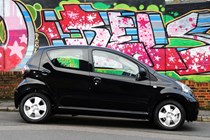
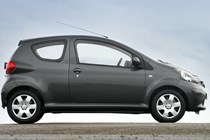
.jpg)
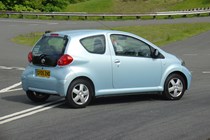
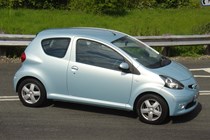
.jpg)
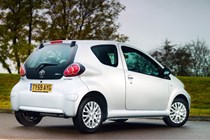
.jpg)
.jpg)

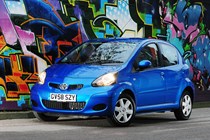

.jpg)
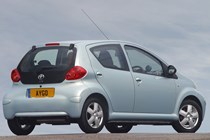
.jpg)

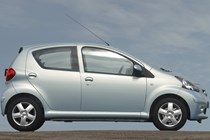
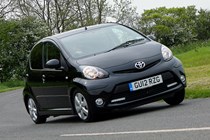
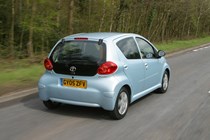




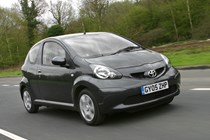
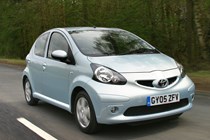
.jpg)
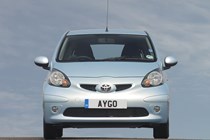
.jpg)
.jpg)
.jpg)
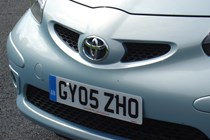
.jpg)
.jpg)
.jpg)

.jpg)
.jpg)
.jpg)
.jpg)
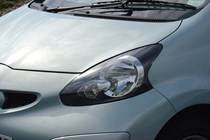
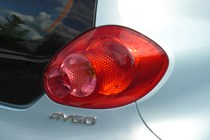
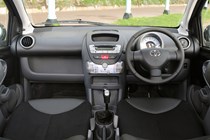
.jpg)
.jpg)
.jpg)
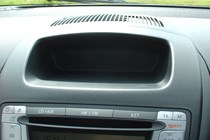
.jpg)
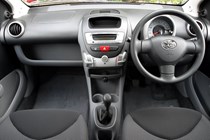
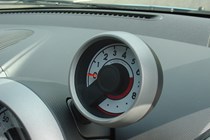
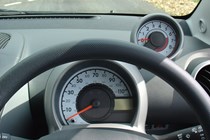
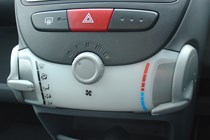
.jpg)
.jpg)
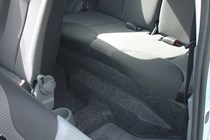
.jpg)
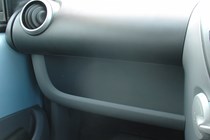
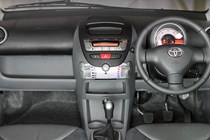
.jpg)
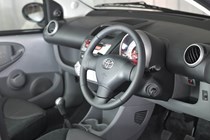
.jpg)
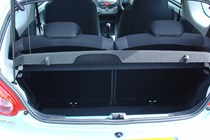
.jpg)
.jpg)
.jpg)
.jpg)
.jpg)
.jpg)
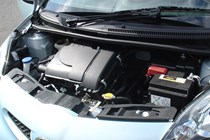
.jpg)
.jpg)
.jpg)
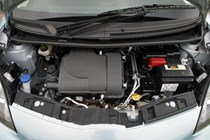
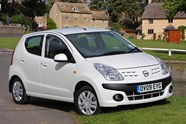





.jpg?quality=50)


.jpg?quality=50)

.jpg?quality=50)
.jpg?quality=50)



.jpg?quality=50)

.jpg?quality=50)










.jpg?quality=50)

.jpg?quality=50)
.jpg?quality=50)
.jpg?quality=50)

.jpg?quality=50)
.jpg?quality=50)
.jpg?quality=50)

.jpg?quality=50)
.jpg?quality=50)
.jpg?quality=50)
.jpg?quality=50)



.jpg?quality=50)
.jpg?quality=50)
.jpg?quality=50)

.jpg?quality=50)




.jpg?quality=50)
.jpg?quality=50)

.jpg?quality=50)


.jpg?quality=50)

.jpg?quality=50)

.jpg?quality=50)
.jpg?quality=50)
.jpg?quality=50)
.jpg?quality=50)
.jpg?quality=50)
.jpg?quality=50)

.jpg?quality=50)
.jpg?quality=50)
.jpg?quality=50)
